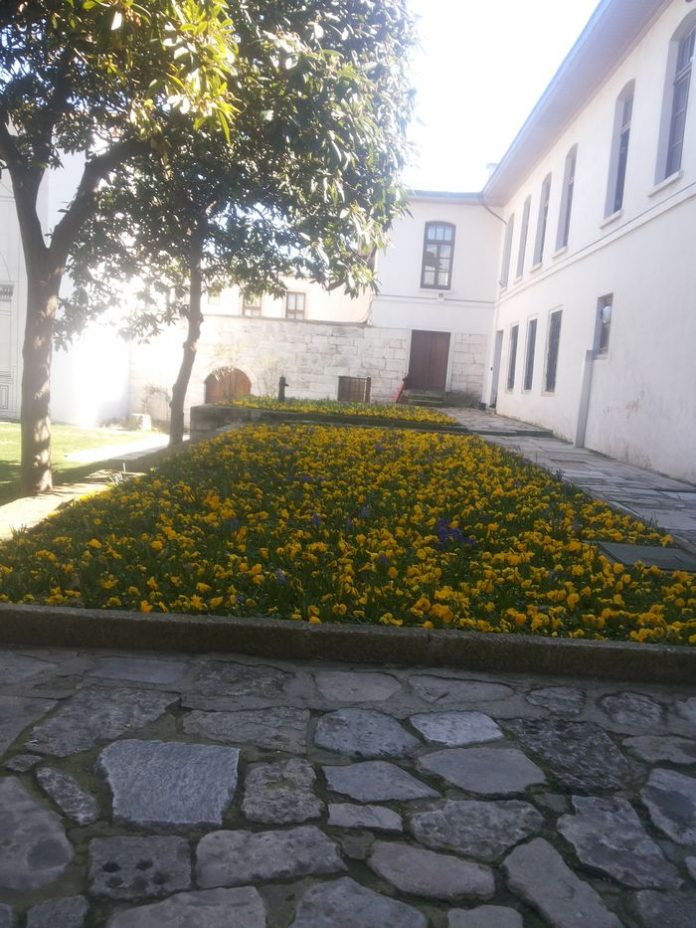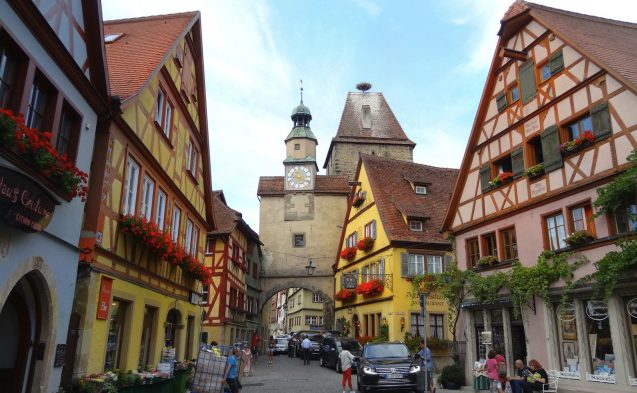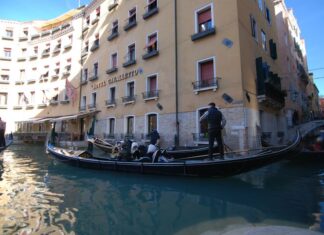Necati Güngör’s compiled work, “Boğazın Büyüsü,” provides a literary perspective on the Bosphorus, allowing us to draw comparisons between its past and present.
The Bosphorus stands as a symbol of Istanbul, and exploring its history through the lens of literary figures adds a unique pleasure to the experience. Journalist and storyteller Necati Güngör, in his book “Boğazın Büyüsü,” gathers writings from literary figures, with a focus on the renowned traveler Evliya Çelebi, offering insights into the Bosphorus. Published by İnkılap Publications, “Boğazın Büyüsü” allows us to juxtapose the Bosphorus of the past, including its people, quays, religious communities, economy, and ethnic groups, with its current state. The book also reveals the gaps in our knowledge and memory concerning the Bosphorus, prompting a sense of shame The First Church Dedicated to Virgin Mary. Let’s delve into the enchanting past of the Bosphorus.
The Bosphorus in the Eyes of Evliya Çelebi (1611-1682)
According to Evliya Çelebi, Beşiktaş was adorned with nearly six thousand yalıs (seaside residences) and houses with gardens on its lower slopes. Dolmabahçe, once a small vineyard with cypress trees belonging to Ali Osman, transformed into its present state following a decree from Sultan Osman. Boats, ships Communist Bulgaria Tour, frigates, and thousands of barges gathered to pour stones into the sea, filling up the port and earning the name Dolmabahçe (Filled Garden). Ortaköy, once inhabited by Christians, hosted two to three hundred palaces with gardens, parks, and yalıs along the sea shore and a brook. Many Jewish residents and numerous taverns characterized the area. There were no inns, madrasahs, or imarets, but vineyards and market gardens were plentiful. Arnavutköy featured white bread and rusks, and the majority of Greek Christians traced their roots to the Laz race, with few Muslim inhabitants. The bay at the inner side of the Cape of Akıntı served as a refuge for many ships during winter . Bebek was a specific area for the Sultans. Rumelihisarı had seven Greek houses, with notable individuals owning yalıs and spending their winters in Istanbul. Jewish people were notably absent in this region.








